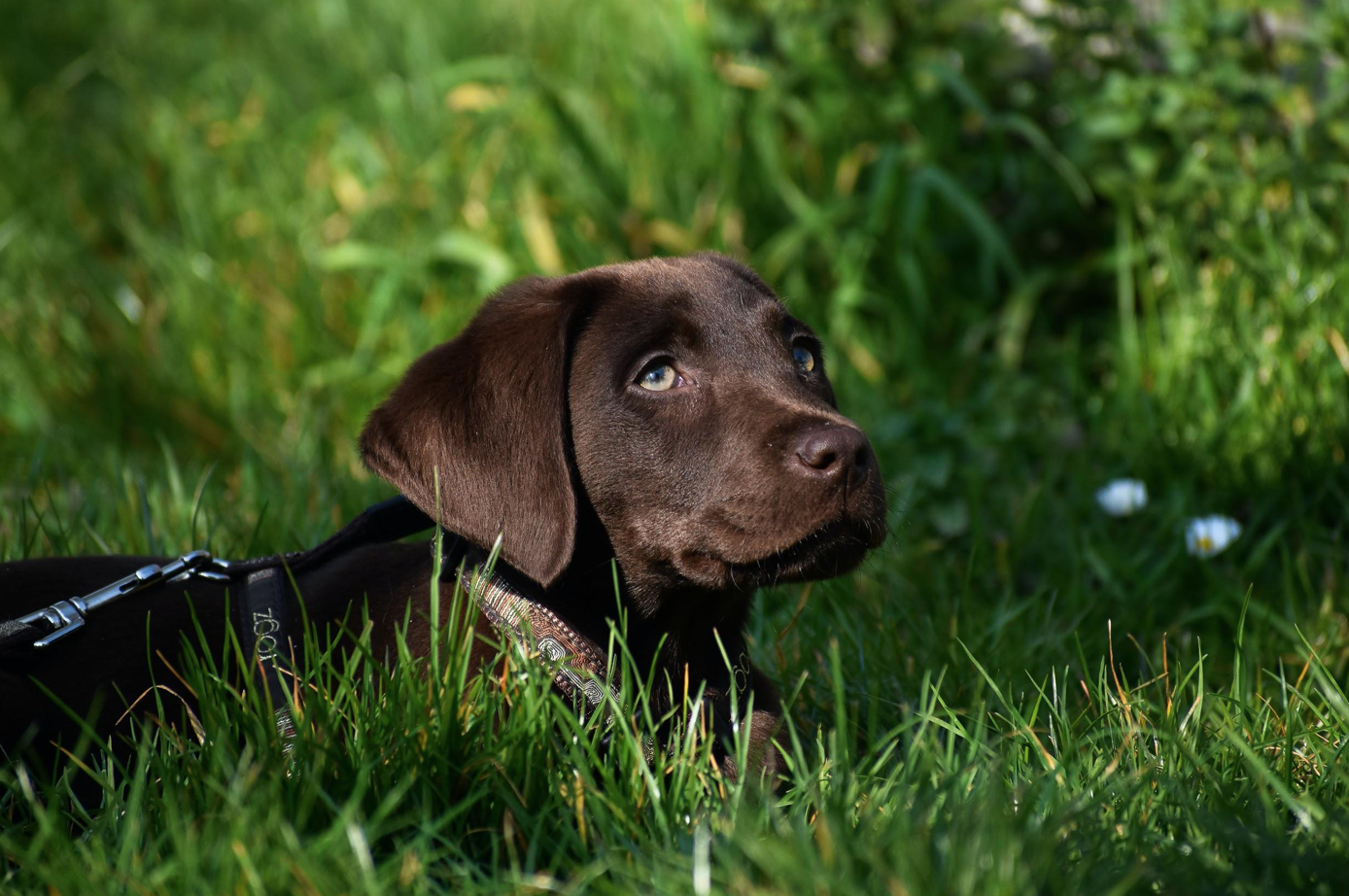Over the next few years, the Zoos Victoria dog detection squad is due to expand their pack (all living at their Healesville Sanctuary) to five full-time canines.
In an exciting first for Australia, specially trained ‘detection dogs’ are being used in Victoria to locate some of the state’s smallest, most camouflaged, and most elusive creatures. While detection dogs have been used in airports, shopping centres and the military to sniff out drugs and explosives for decades, this new type of detection dog is on a mission to help prevent some of the most critically endangered animal species on our Earth from dying out forever.
A new recruit to the wildlife frontline
Dogs have amazing olfactory senses, meaning they have a much stronger ability to smell than us. Some figures indicate that a dog’s sense of smell is actually 1,000,000 times better than a human’s, whereas some scientists say that dogs can even detect most odours at concentrations of parts per trillion!
Because of this exceptional gift, detection dogs can be used to locate everything from koalas hanging out up in trees to whales as they sit safe and dry on boats, to special desert tortoises buried deep in the soil. Our partnership with dogs in recording and maintaining accurate data when it comes to the presence and movements of endangered animal species gives us an advantage when it comes to protecting them.
This wildlife detection by our four-legged friends means we’re able to monitor more accurately some of Australia’s most endangered species, as well as efficiently and effectively assess the impact of catastrophic events such as floods, bushfires and climate change overall.

Detection dogs work so well when it comes to this task as they are the perfect ‘middle man’ between the human world and the animal world. They can use their amazing sense of smell to explore the wild in a way that we would never be able to, and then they’re able to communicate with their handlers as part of a bigger team effort. Dogs are also able to alert their handlers to danger and identify hazards when working in remote areas, keeping everyone on the team safe.
Moss the Labrador
Detection dogs are no ordinary dogs – they need to be highly motivated, energetic, intelligent and gentle towards the tiny creatures they are trained to locate. Moss is one such dog, a Golden Labrador who has started working with Zoos Victoria’s Dog Detection Squad. Moss was adopted at 14 months old and is trained to find endangered species in the wild using his keen sense of smell, as well as being part of a larger team that works to increase captivity breeding rates with endangered animals.
He is currently in the process of learning the crucial foundational skills for the job with his handler, and will eventually work with Zoos Victoria helping and protecting endangered species like Tasmanian Devils and Baw Baw frogs. During training for detection dogs, one of the most important things to work on is developing a deeply trusting relationship between dog and handler.
The dog needs to trust the handler to lead them correctly and do everything in their power to keep them safe when working out in the field, and the handler needs to trust the dog to effectively deliver on the outcomes of the ‘mission’ (and to keep the tiny creatures they’re out looking for safe!).
Canines helping conservation
The Healesville Sanctuary in Victoria breeds Tasmanian Devils at their facility every year to promote conservation of this amazing and iconic Australian animal. Tasmanian Devils are now critically endangered, having suffered an 80% decline due to Devil Facial Tumour Disease. Tasmanian Devils are shy animals and prefer a hands-off approach.
To keep them happy, the team at the Healesville Sanctuary is planning on experimenting to see if their detection dogs can be trained to detect an odour profile in the scat of females to determine if it’s the right time for an animal to be mated. On top of this, the dogs will be able to signal to handlers whether a certain female is pregnant, meaning they can be better cared for (such as increasing her food intake) while still keeping a healthy distance.
Over the next few years, the Zoos Victoria dog detection squad is due to expand their pack (all living at their Healesville Sanctuary) to five full-time canines. The human team at the Sanctuary is planning on selecting the dogs due to their personality and temperament rather than the breeds, so the team will be varied in shape, size, and colour. Let’s hope our four-legged friends can continue to help us in the fight to save some of Australia’s most precious animals!


Join the conversation!